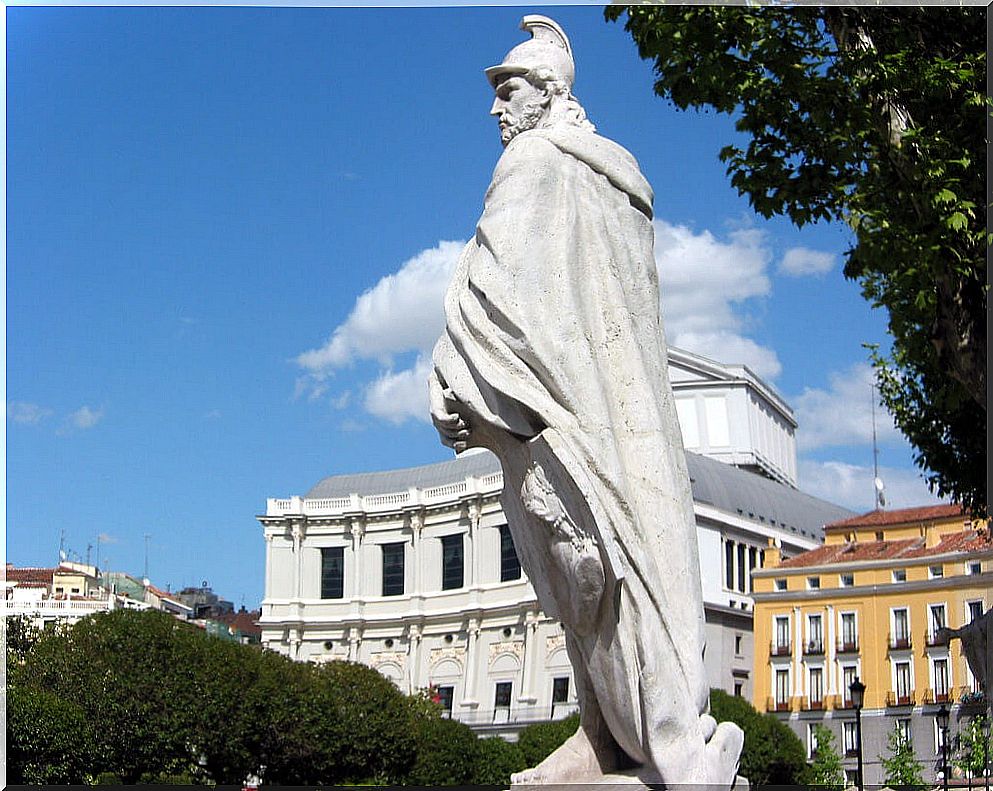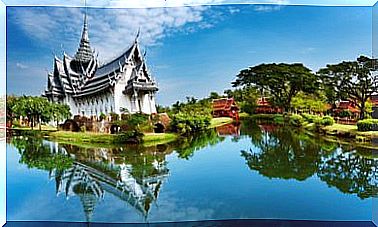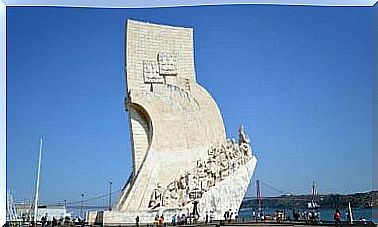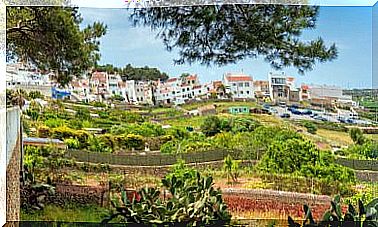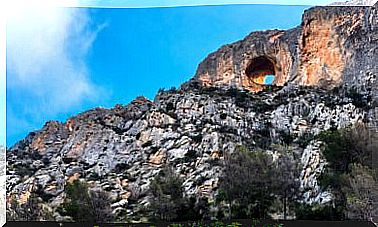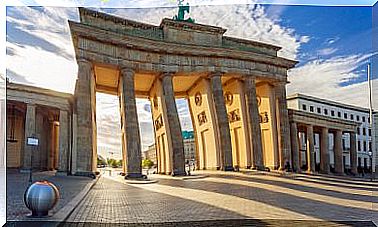We Visit Some Visigothic Churches In Spain
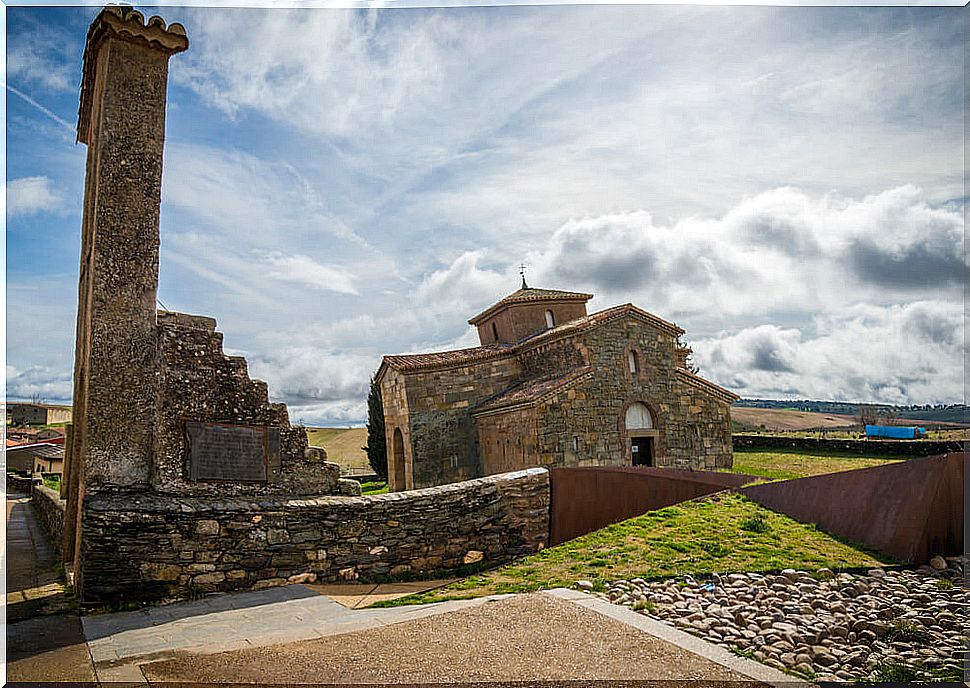
Visigothic churches are one of the jewels that lovers of ancient architecture can visit in Spain. They were built mainly during the 6th and 7th centuries and are the result of an extraordinary combination of Gothic art with Byzantine and Roman elements.
In the middle of the 6th century the troops from Constantinople arrived in the Iberian Peninsula to reinforce King Atanagildo in his power. Along with the troops came hundreds of artists and began to participate in the churches and palaces that the different Visigoth kings ordered to build.
Few are the buildings that are preserved today, but the ones we have are enough to appreciate the magnificence of this beautiful architecture. Churches stand out above all, and especially in rural areas. They are compact but very proportionate and delicate buildings.
They are built in stone of very careful carving and have decorative elements on windows and doors. Inside , the carved friezes and inverted truncated pyramidal capitals with bas-relief decoration stand out. Do you want to know the main Visigothic churches that you can visit?
1. Visigothic churches: San Juan Bautista (Palencia)
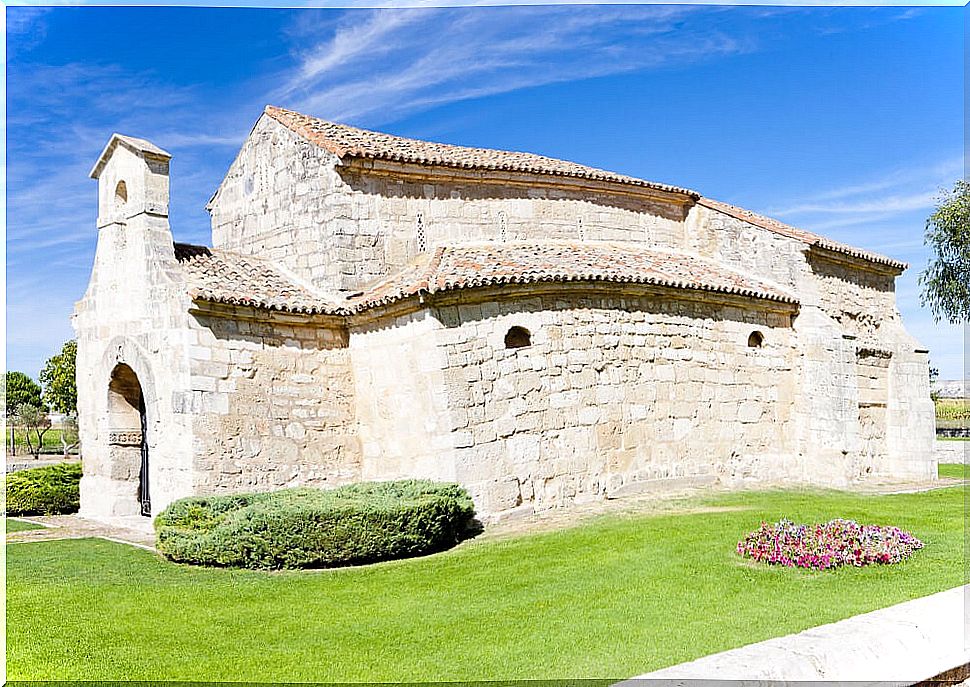
This beautiful church is located in Baños de Cerrato, a small town that belongs to Venta de Baños and is located a few kilometers from the city of Palencia. It is a building built in 661 by order of King Recesvinto and is considered the oldest Visigothic church in Spain.
In its entrance arch it keeps a secret: it has the same decoration as the crown of its founder. These are three secant circles that show the involvement of the Visigoth monarch in its construction. Legend has it that in this beautiful place King Recesvinto healed from a kidney disease he suffered from.
Inside you can see marble columns and Corinthian capitals from Roman times that were reused. And on one of its sides is the so-called San Juan or King Recesvinto fountain, as it is the spring that restored this Visigothic king to health. Your visit can be made from Tuesday to Sunday and has various entrance fees.
2. San Pedro de la Nave (Zamora), one of the last Visigothic churches
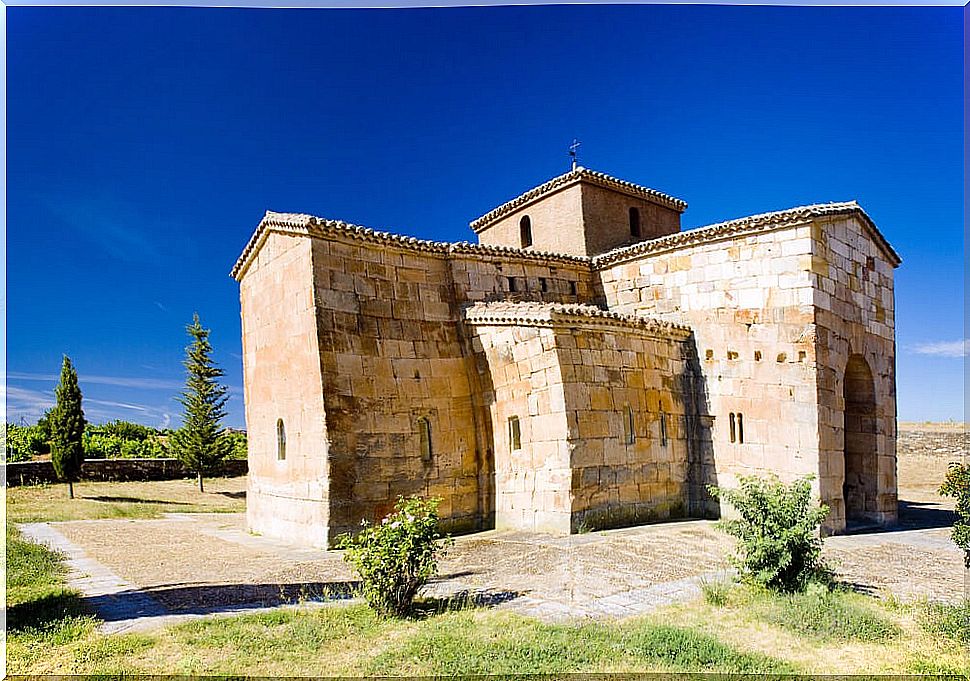
It is another of the Visigothic jewels that can be visited in Spain. It is located in El Campillo, in the municipality of San Pedro de la Nave. And it was built next to the river Esla between the years 680 and 711. In other words, it is one of the last Visigothic constructions that were carried out before the arrival of the Muslims in 711.
Between the 12th and 14th centuries it underwent many extensions and modifications. In addition, at the beginning of the 20th century it had to be relocated due to the construction of the Ricobayo reservoir.
It has three naves with a straight head, the Visigothic part being that of the head. But the real jewel of this building is its decoration by means of friezes and carved capitals, in addition to its horology or sundial, which is incomplete. It has several visiting hours and days depending on the time of year.
3. Santa María de Melque (Toledo)

It is located in the municipality of San Martín de Montalbán and is a monastic complex where you can visit the church and an interpretation center. It is believed that it was built between 668 and 711, which would come to a standstill during the Muslim occupation of the kingdom of Toledo and that it would later continue after the arrival of King Alfonso VI of Castile in 1085.
The church has a large arch, so experts think that its construction could have been carried out thinking that it was the burial place of an important person. It stands out for the huge granite stones with which it was built. If you are going to visit it, pay attention to its legend on the table of Solomon, you may discover a treasure.
